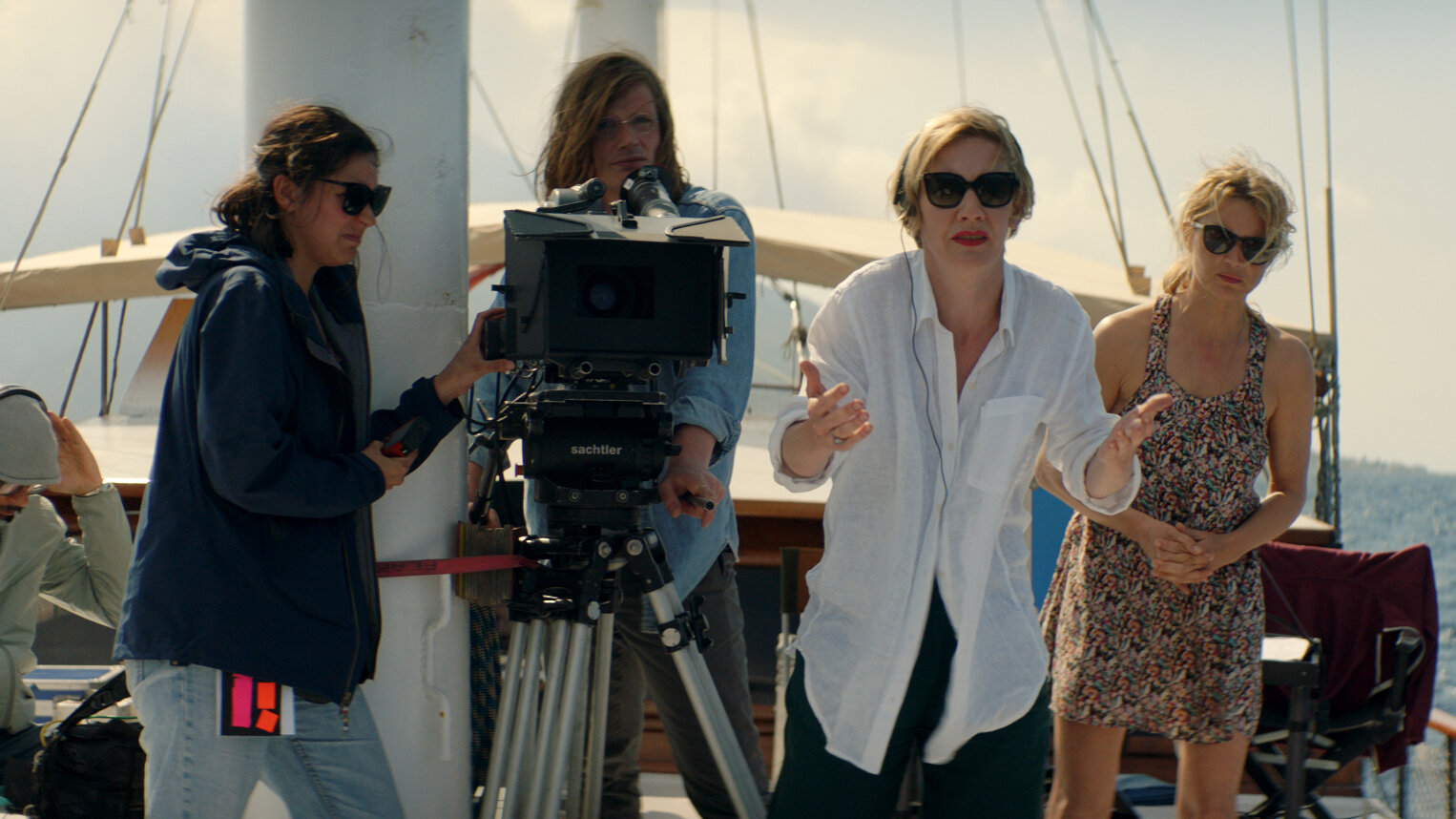Review: Documentary 'All In' rallies its audience to fight against voter suppression
If you’re motivated to political activism through anger, “All In: The Fight for Democracy” is the movie to get your blood boiling — a persistent call to action against the forces working to keep millions of Americans from exercising their right to vote.
The history of American voter suppression begins with the Founding Fathers, who wrote into the Constitution that only male, white landowners could vote, about 6 percent of the population.
It took the Civil War amendments to give African Americans the vote, which allowed some level of equal representation during Reconstruction. The movie details that history, and how a backroom deal in the 1876 presidential election undid that equality, through a century of Jim Crow laws.
It took decades of protests by women to get the 19th Amendment, finally ratified in 1920, which gave women — well, white women — the right to vote.
And it took more protests, including the famous 1965 march in Selma, to rally support for the Voting Rights Act, which mandated federal oversight of election laws in states that historically discriminated against minorities. When the John Roberts-led Supreme Court gutted the Voting Rights Act, those same states wasted no time with new restrictions: Voter ID, purges of voter rolls, and closing polling places in areas where minorities live. And let’s not forget gerrymandering, which allows politicians to choose their voters instead of the other way around.
The framing device that filmmakers Liz Garbus (“I’ll Be Gone in the Dark”) and Lisa Cortes (“The Remix: Hip Hop X Fashion”) employ to illuminate this history is that of Stacey Abrams, the Georgia activist who ran for governor against Brian Kemp, the Republican secretary of state whose job included managing the very election in which he was running. Garbus and Cortes have no reservations in suggesting that Kemp’s handling of that election is the sort of move that, were it done in some impoverished young democracy, would draw Jimmy Carter and a team of skeptical election observers.
Stylistically, Garbus and Cortes are as in-your-face as possible. The interview subjects — Abrams, former Attorney General Eric Holder, historians, journalists, even someone from the right-wing Heritage Foundation — sit at tables, looking directly at the camera, with nothing getting between their words and the audience. It’s an effective visual device, since the movie ends with many of those people urging the audience to vote, and to check that there’s no bureaucracy keeping anyone from voting.
“All In” is a rabble-rousing documentary with a simple message: If your vote wasn’t valuable, people wouldn’t be working so hard to steal it.
——
‘All In: The Fight for Democracy’
★★★1/2
Available starting Friday, September 18, on Prime Video. Rated PG-13 for some disturbing violent images, thematic material and strong language - all involving racism. Running time: 102 minutes.







